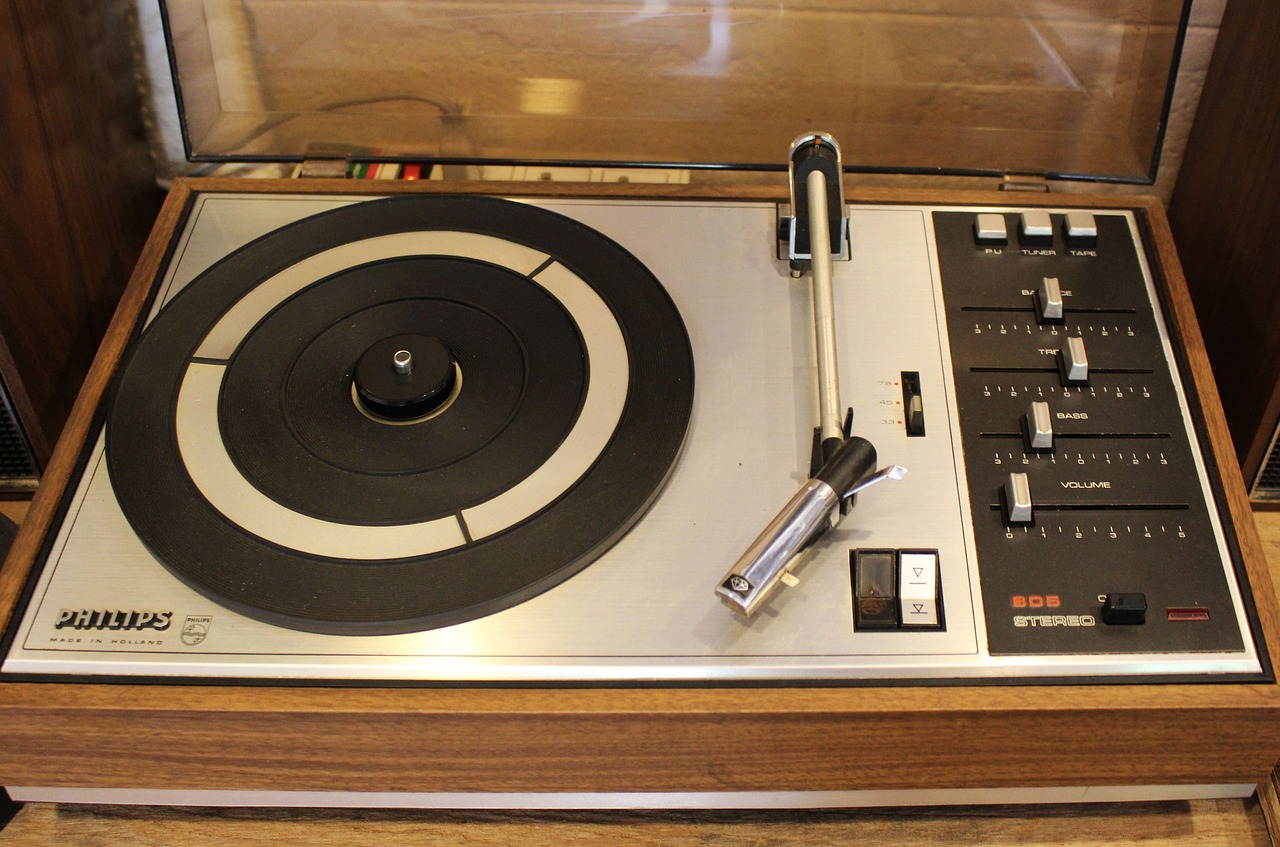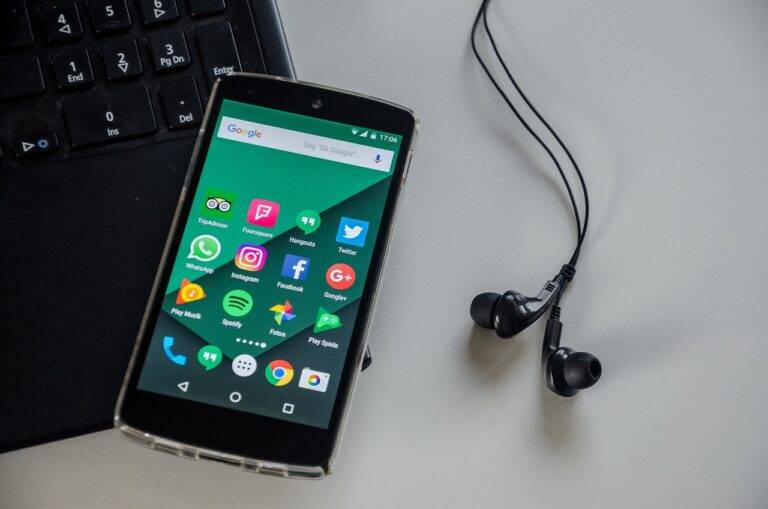Digital Twins: Revolutionizing Asset Management
Digital twins have revolutionized the way asset management is carried out in various industries. By creating a virtual replica of physical assets, organizations can monitor, analyze, and optimize their assets in real-time. This technology allows for predictive maintenance, improved decision-making, and overall cost-efficiency, leading to increased operational performance.
The integration of digital twins in asset management provides valuable insights into the performance and condition of assets, enabling proactive maintenance and minimizing downtime. This technology empowers businesses to streamline their operational processes, enhance productivity, and extend the lifespan of assets. Ultimately, digital twins offer a dynamic and comprehensive approach to asset management, paving the way for a more sustainable and efficient future.
Understanding the Concept of Digital Twins
Digital twins are virtual replicas of physical assets, processes, or systems that are designed to mirror their real-world counterparts in real-time. This concept allows for the digital representation of both the physical and functional aspects of the asset, providing a comprehensive and dynamic understanding of its behavior and performance.
By leveraging real-time data collection and analysis, digital twins offer valuable insights into the condition, performance, and potential issues of an asset. This information enables businesses to make informed decisions, optimize operations, and even predict maintenance needs proactively. The utilization of digital twins in asset management has the potential to revolutionize traditional maintenance practices, improve efficiency, and enhance overall asset performance.
What is a digital twin?
A digital twin is a virtual replica of a physical asset, process, or system. It allows for real-time monitoring, analysis, and simulation of the physical counterpart.
How are digital twins used in asset management?
Digital twins are used in asset management to track the performance, maintenance, and overall health of physical assets. They can help predict potential issues and optimize maintenance schedules.
What are the benefits of using digital twins in asset management?
Some benefits of using digital twins in asset management include improved operational efficiency, reduced downtime, cost savings, and better decision-making based on real-time data and analytics.
How does the concept of digital twins contribute to the Internet of Things (IoT)?
Digital twins are a key component of the Internet of Things (IoT) as they enable the connection of physical assets to the digital world. This allows for remote monitoring, control, and optimization of assets.
Are there any limitations to using digital twins in asset management?
Some limitations of using digital twins in asset management include the initial investment required for implementation, data security concerns, and the need for skilled personnel to interpret and act on the data generated by the digital twins.





